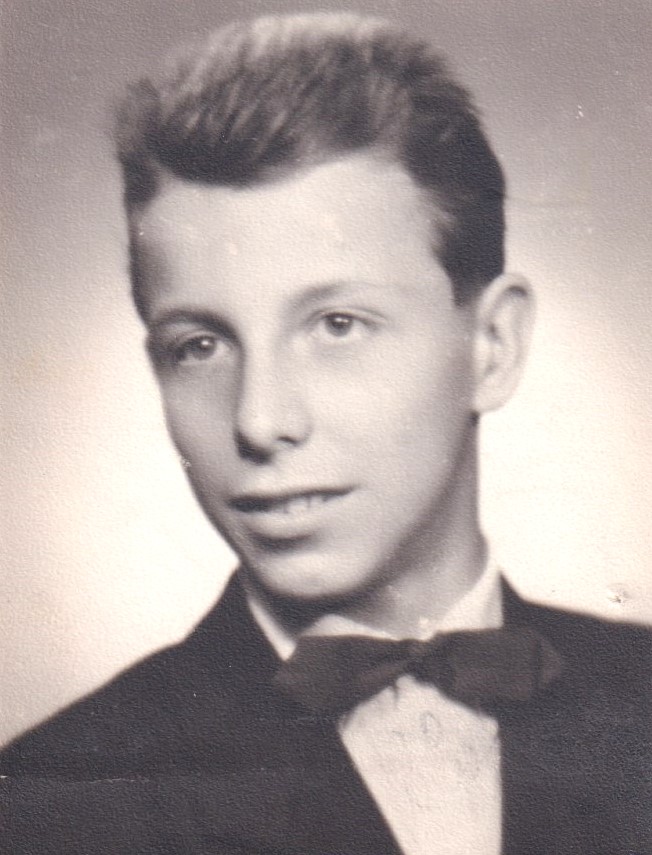I took the broadcast from Kojal as an adventure

Stáhnout obrázek
Honza Štangl was born on August 12, 1944 in Prague. He supposedly got his name thanks to the drunkenness of a priest who did not find it strange to put the name Honza instead of Jan in the civil registry. His father, Oldřich Štangl, an aviator, general, later chief of the Main Administration of the Air Force and Air Defence and deputy minister of national defence Martin Dzúr, moved frequently for work, and so little Honza changed primary schools. The family moved from Prague to Brno in 1958, where Honza Štangl graduated from the secondary school on Tábor Street, and later studied at university, but did not finish his studies. He started working as a lighting technician at Barrandov, then during the war he filmed together with Jiří Plojhar for an army film. In January 1968, he married and joined the Brno studio of the then Czechoslovak Television as an assistant cameraman. When on 21 August 1968 he was asked by his chauffeur Jaroslav Pražák if he and his editors Lubomír Popelka, Jiří Vondráček and cameraman Jindřich Bressler would go to the Kojál transmitter, as the building of Czechoslovak Television in Brno‘s Typos was already occupied by the occupying forces, he agreed. As a cameraman, he participated in the free broadcast of Czechoslovak Television from the Kojál transmitter. In the following days, he helped Jiří Plojhar from the army film, getting him replacement number plates for army vehicles. In 1970 he became a cameraman, and in 1975 he met the composer Aram Ilyich Khachaturjan in Moscow. During filming, he worked most closely with the Gustav Brom Orchestra and Henryk Hovorka. He also filmed mainly folklore and folk music, and was instrumental in having verbuňk and fasank listed as cultural heritage. After the Velvet Revolution, he filmed, for example, all parts of Bolek Polívka‘s circus ring. In 2024, Honza Štangl lived in Brno.










